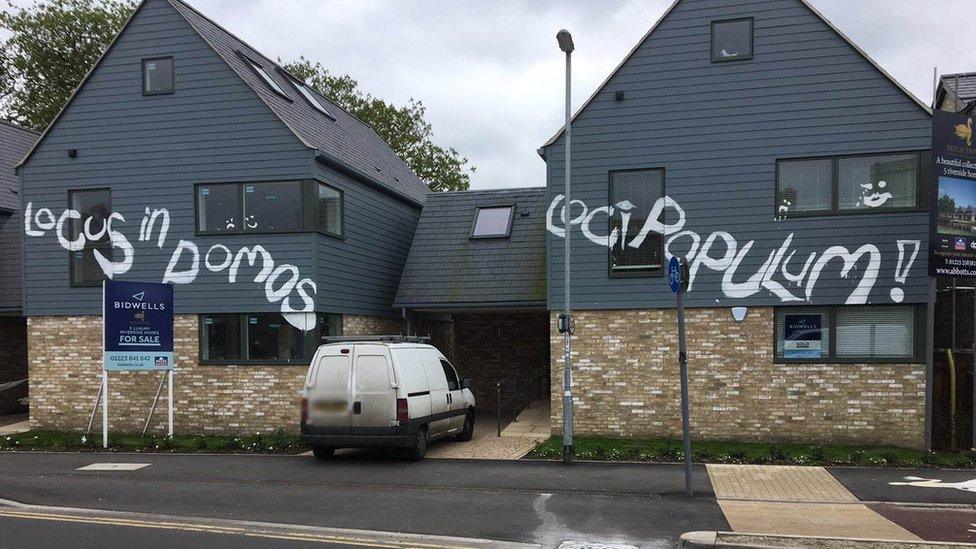Mexican muralists transform violent neighbourhoods
- Published
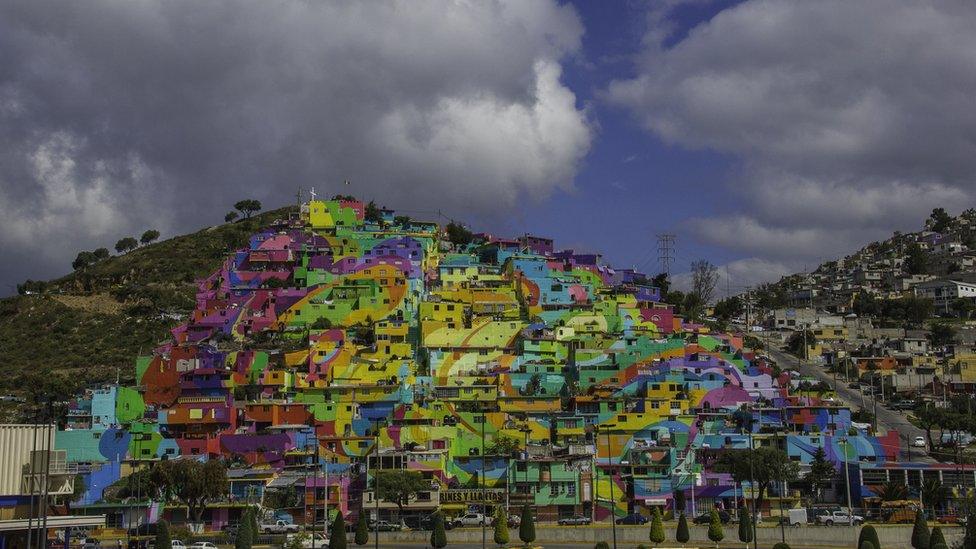
Palmitas has had a colourful face-lift
For many years the rundown Palmitas neighbourhood that overlooks the Mexican city of Pachuca was a hive of delinquency.
The drab homes and dimly lit streets that hugged the steep hillside were rife with drug addiction, theft and domestic violence.
Now proudly bathed in kaleidoscopic colours, the area stands as an example of how to transform marginalised neighbourhoods across Latin America.
Government-funded muralists have turned the hillside into a giant work of art, while helping locals to find employment opportunities and develop a sense of community.
"The neighbourhood changed completely. The colours gave it life," says Doña Chela, a local pastry chef.
"There used to be a lot of robberies and people drinking on the streets all the time. That happens much less now."
Pachuca's paint job
Located 88km (55 miles) north east of Mexico City in Hidalgo state, Pachuca is best known as a former hub for Cornish miners who introduced football and pasties to Mexico in the 19th Century.

The swirly patterns of colour were inspired by the city's nickname
The city has been spared the worst of the cartel violence that has plagued Mexico in the last decade but petty crime has been a consistent problem, particularly in hillside slums like Palmitas.
Read: A guide to Mexico's drug cartels
This has begun to change since a team of graffiti artists known as the Germen Crew painted 200 houses here in 2015.
Viewed from afar, the homes fit together to form swirling patterns inspired by Pachuca's nickname, "La Bella Airosa" (The Windy Beauty).
Closer inspection reveals finer details among the labyrinth of stairways and alleyways, including several iconic portraits of local residents.

The artists wanted to include local residents in their artwork
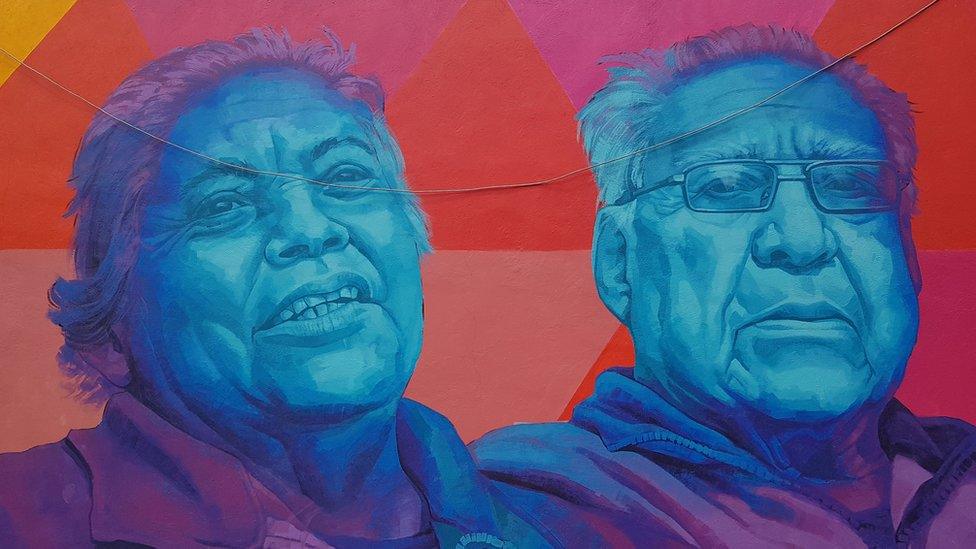
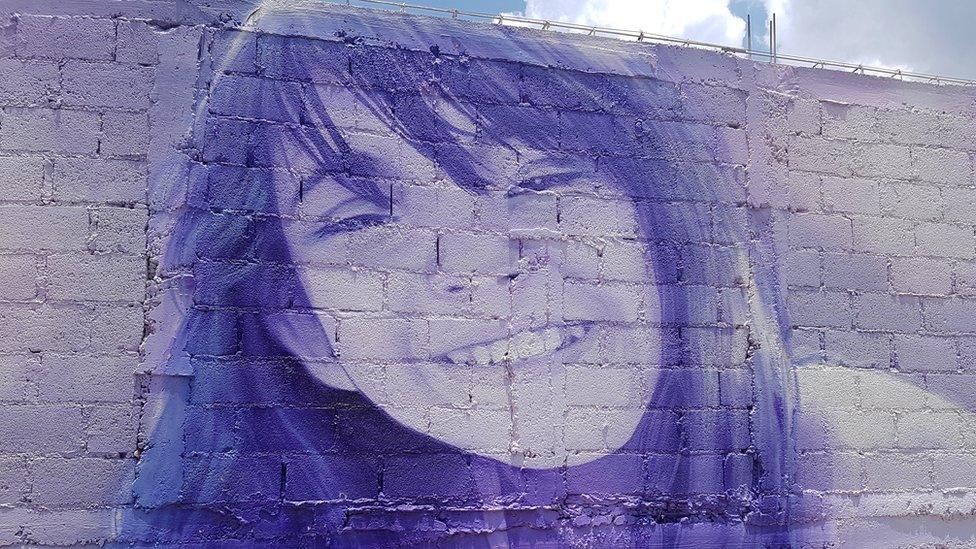
The muralists are now painting another 300 homes in the adjacent Cubitos neighbourhood.
Known as the Macro Mural, the project is due for completion in November.
Organisers say it will cover 40,000 square metres, making it the world's largest mural of its kind.
Changing people's lives
The project is led by Enrique Gómez, a 36-year-old former gang member from an impoverished area in nearby Mexico state.
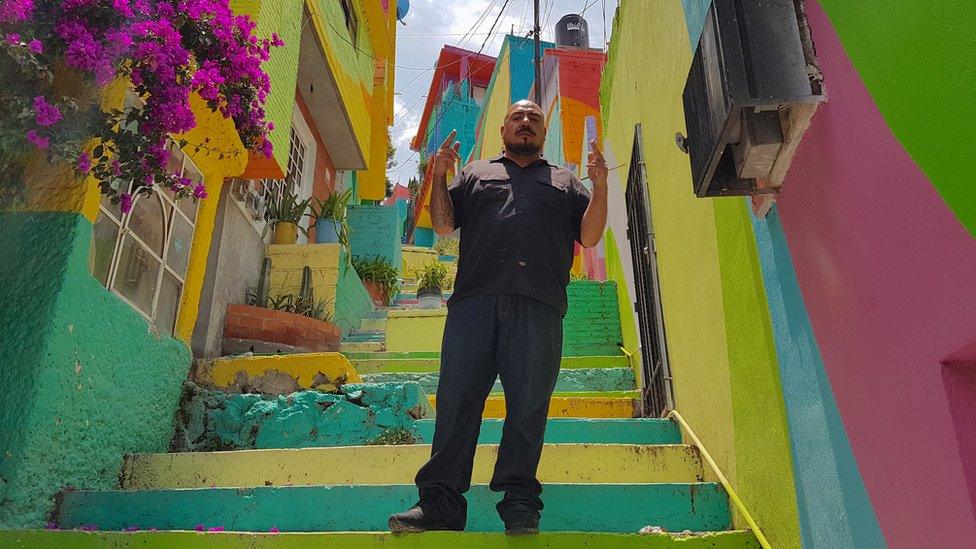
Enrique Gómez says graffiti has helped him leave behind "illegal stuff"
"I've had an intense life. I left home at age 16 and got involved in gangs and loads of illegal stuff," Mr Gómez says.
"Fortunately through graffiti I found a pathway out of all that. There was more money in graffiti and less risk of being arrested or killed."

You may also be interested in:

Mr Gómez says his background has helped him win the trust of local youths.
By persuading members of feuding clans to paint together he aims to reduce tensions and engender a sense of brotherhood and community spirit.
Aside from brightening the area with his brushstrokes, Mr Gómez has given talks, held art workshops and employed locals to help out.
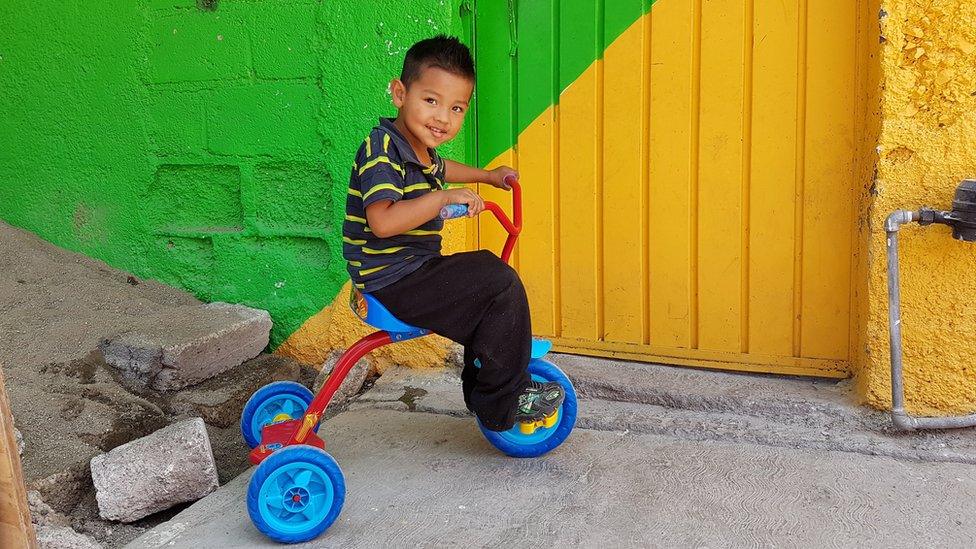
Enrique Gómez wants the children to be able to be proud of their communities
He also hopes to open a community centre where children can engage in healthy activities and learn to use computers.
"Before, people didn't like to admit they were from here. Now they boast of it," Mr Gómez says with a smile.
"We've shown them they can find work and move forward in life, no matter where they're from."
Prevention of crime
The Mexican government has invested almost 10 million pesos ($565,000; £435,000) in the project, including funding for new street lights, counselling for local families, and cookery, hairdressing and jewellery-making workshops.
Critics have accused the government of trying to "paint over poverty", but Juan Pontigo, the head of Hidalgo's public security council, insists that Mexico must back more initiatives like this to provide vulnerable youths with alternatives to a life of crime.
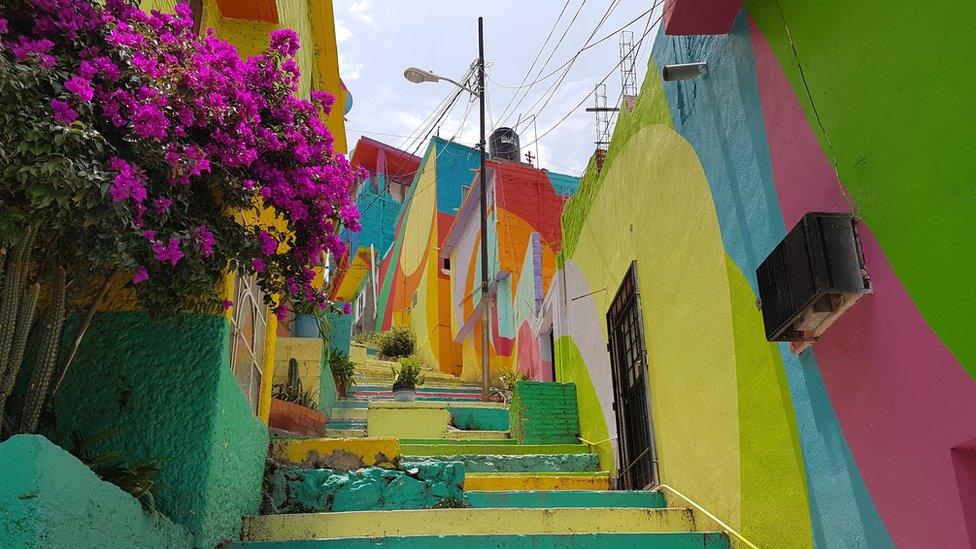
The project has its critics, too, who say it just masks poverty
"If you ask children today if they'd like to be police officers, many say no, they want to be narcos," Mr Pontigo says.
"We have a culture of being reactive to crime and focusing on its effects. We must also do all we can to address the causes through prevention."
The project's potential has not gone unnoticed.
The Germen Crew were recently hired to produce another Macro Mural in the northern city of Monterrey, while their work has also inspired a similar programme in Puerto Rico.
"We've had visitors from other states and countries who are interested in replicating this model," says Pachuca mayor Yolanda Tellería.
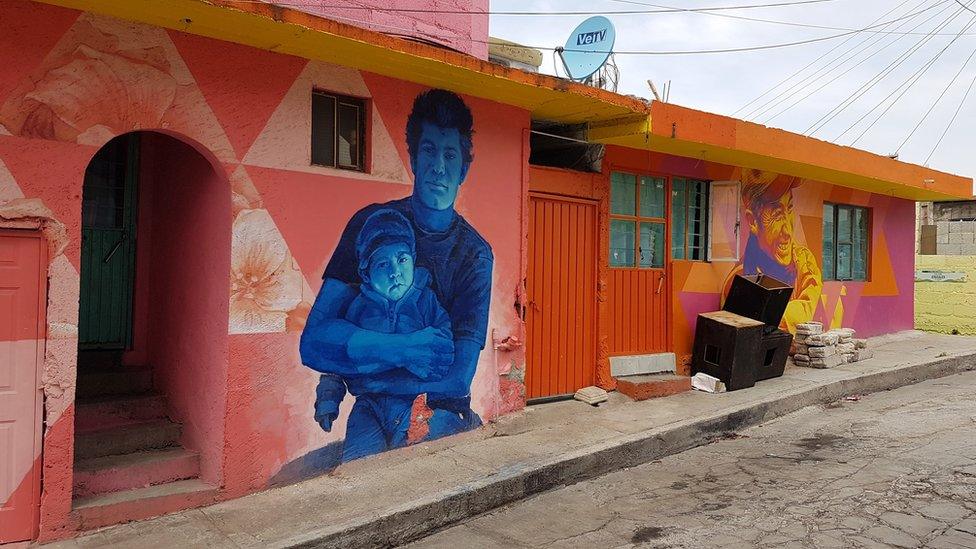
The mayor of Pachuca hopes the project will be a draw for tourists
"It's a success story for transforming favelas and neighbourhoods with high levels of crime and social problems."
The murals have also boosted Pachuca's international profile. A music video that British pop stars Sigala and Ella Eyre, external filmed in Palmitas has over 13 million views since its release in June.
Mayor Tellería hopes the exposure will draw foreign tourists. Her government intends to run guided tours of the murals, creating opportunities for locals to sell snacks and souvenirs to visitors.
"We want people to visit this place," Ms Tellería says.
"We need to bring tourism and generate revenue within these neighbourhoods for the benefit of our youth."
- Published24 March 2017
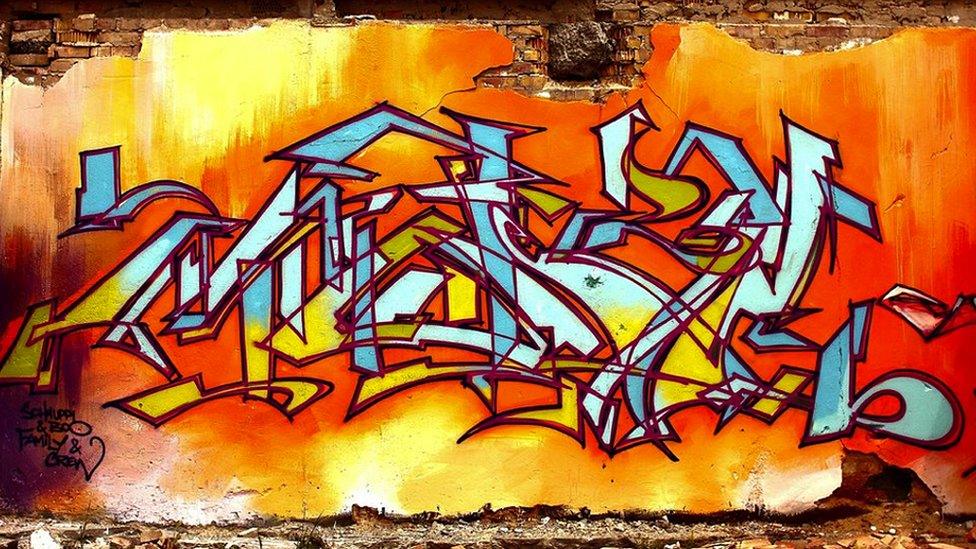
- Published11 June 2017

- Published6 May 2017
